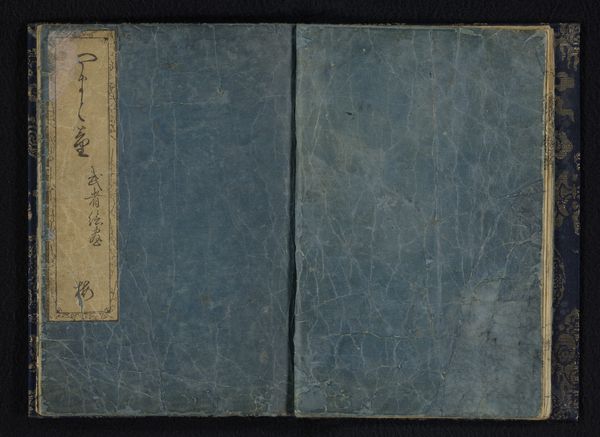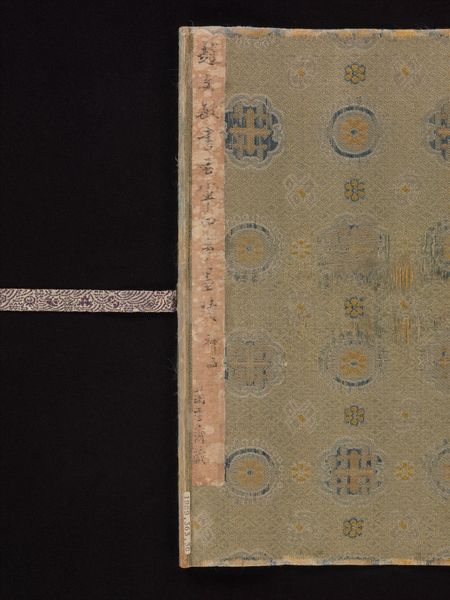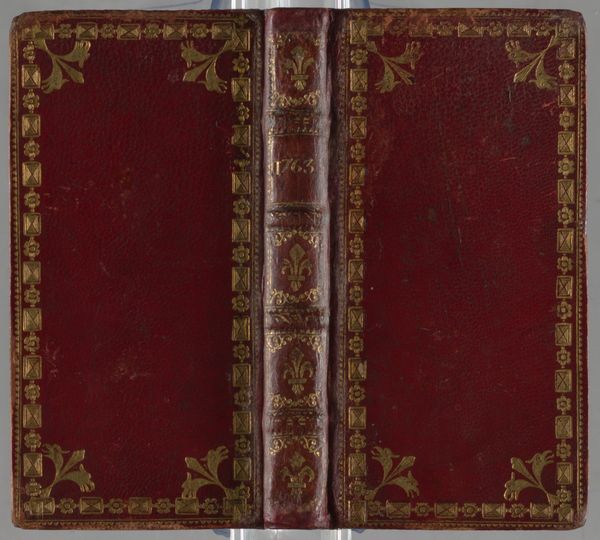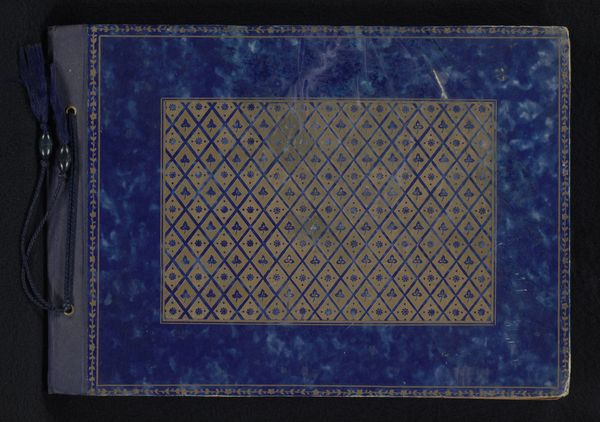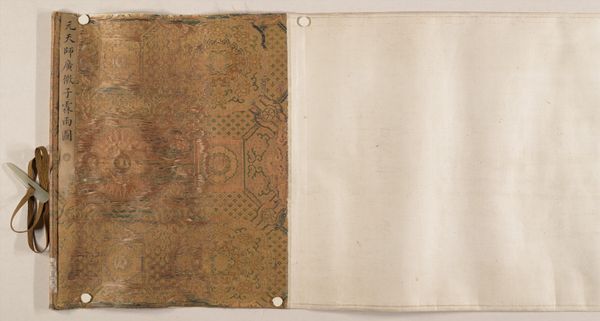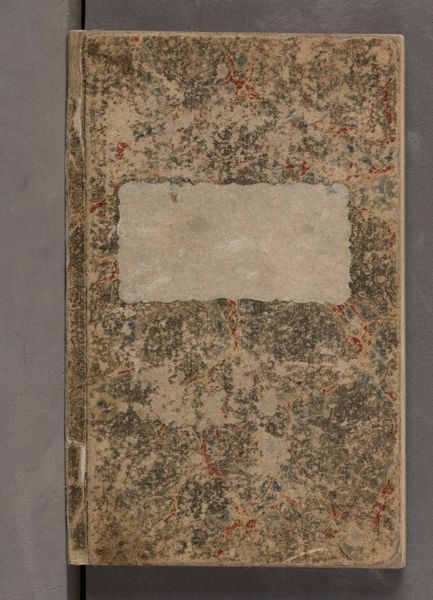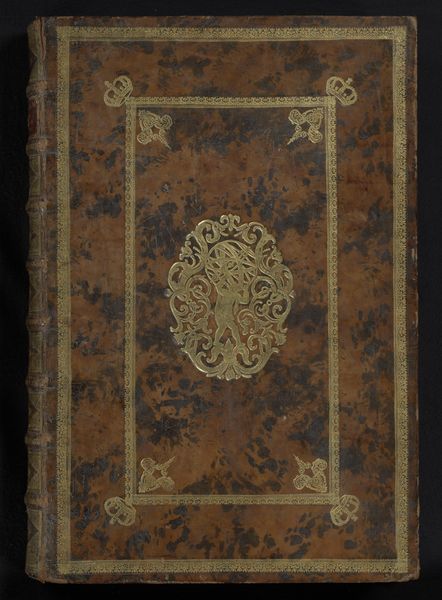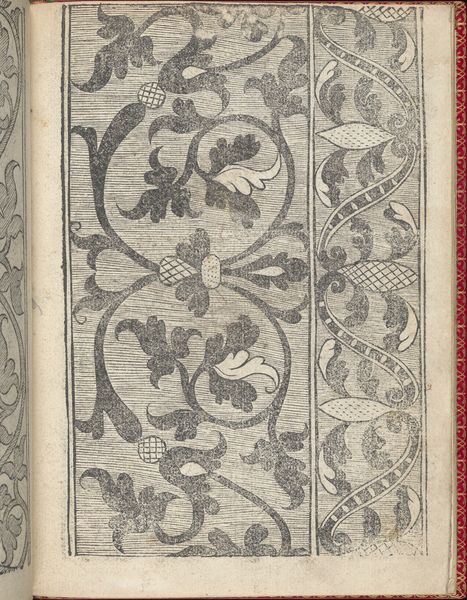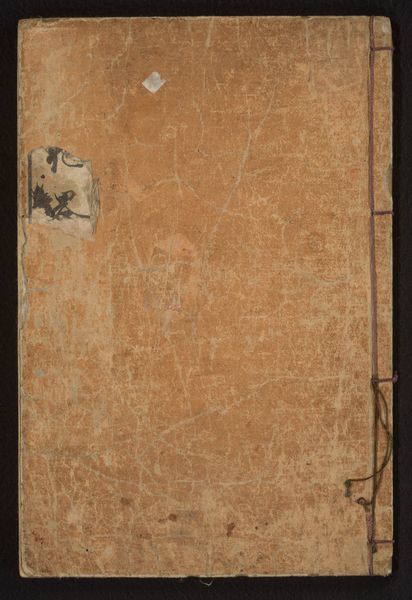
drawing, mixed-media, textile, paper
#
drawing
#
mixed-media
#
asian-art
#
textile
#
paper
#
mixed medium
#
mixed media
Dimensions: height 221 mm, width 154 mm
Copyright: Rijks Museum: Open Domain
This is the cover of ‘Spelen in de vier seizoenen’, a woodblock printed book made by Nishikawa Sukenobu in Japan. It is a prime example of how the cultural and economic vibrancy of the Edo period shaped artistic production. During this time, urban centers like Kyoto and Edo, now Tokyo, became hubs of artistic innovation, driven by a prosperous merchant class with a taste for art. The intricate patterns on the cover – floral motifs – reflect this demand for visually appealing books. Woodblock printing allowed for mass production, making art more accessible. Sukenobu himself was a key figure in this movement, his work mirroring the era’s aesthetic values. To understand the cultural significance, we can consult historical records of publishing houses, merchant guilds, and artistic lineages. By exploring these resources, we can appreciate the meaning of art within specific social and institutional contexts.
Comments
No comments
Be the first to comment and join the conversation on the ultimate creative platform.
